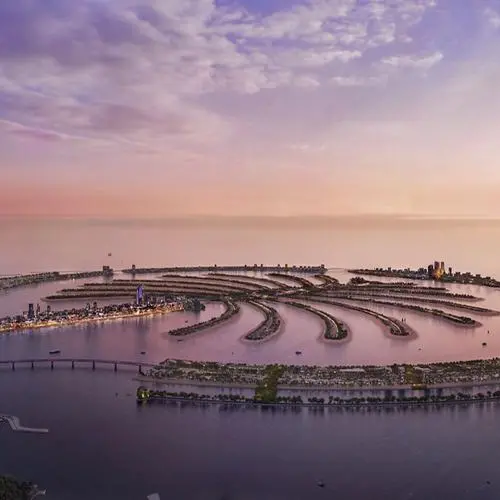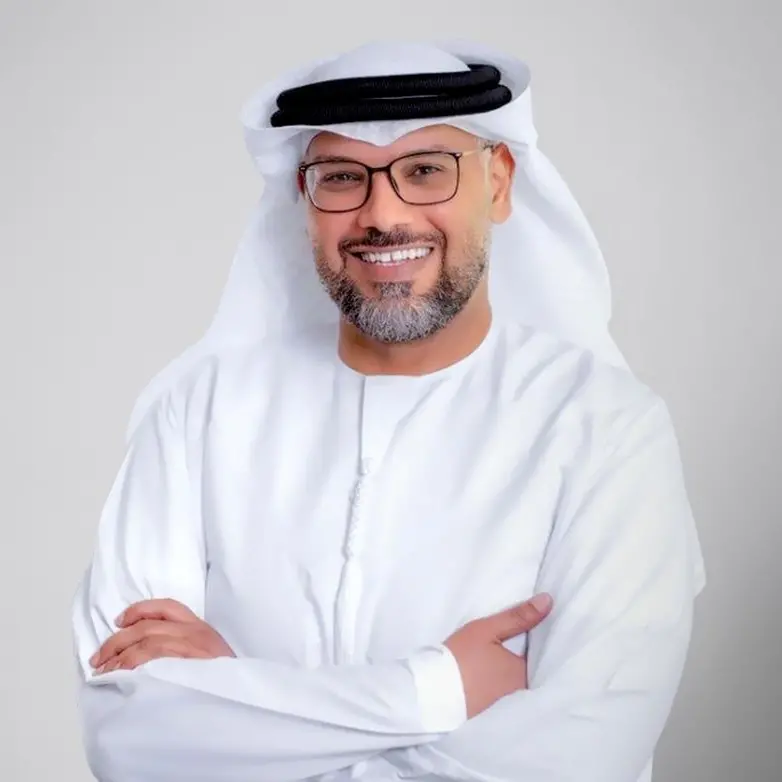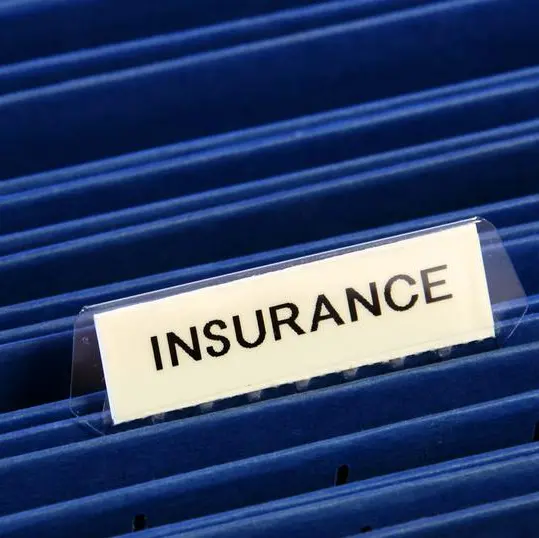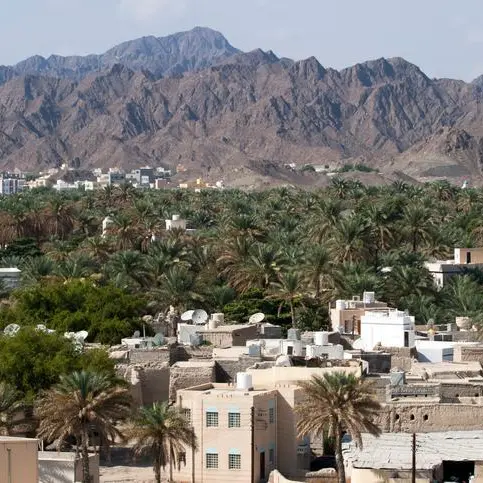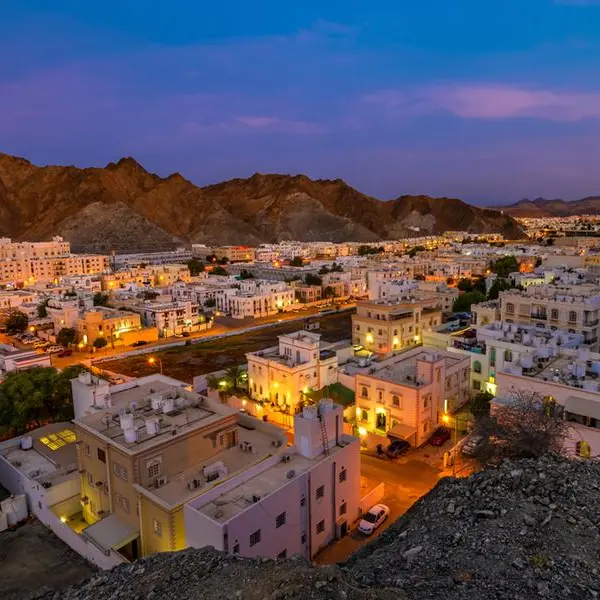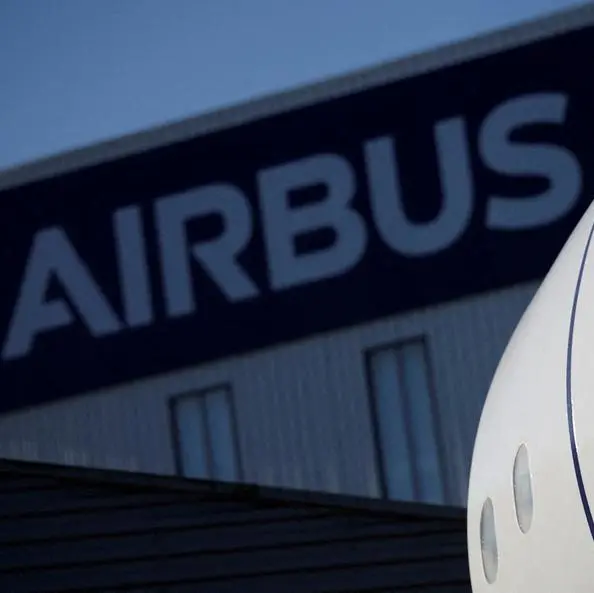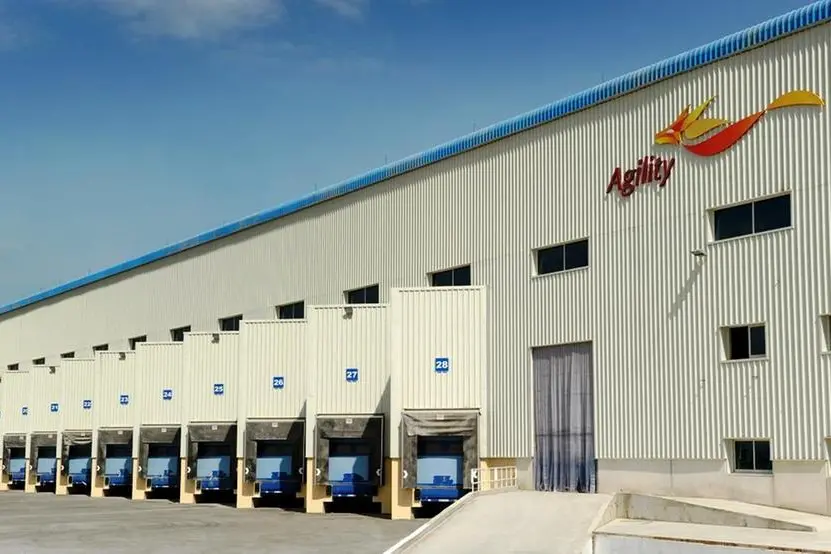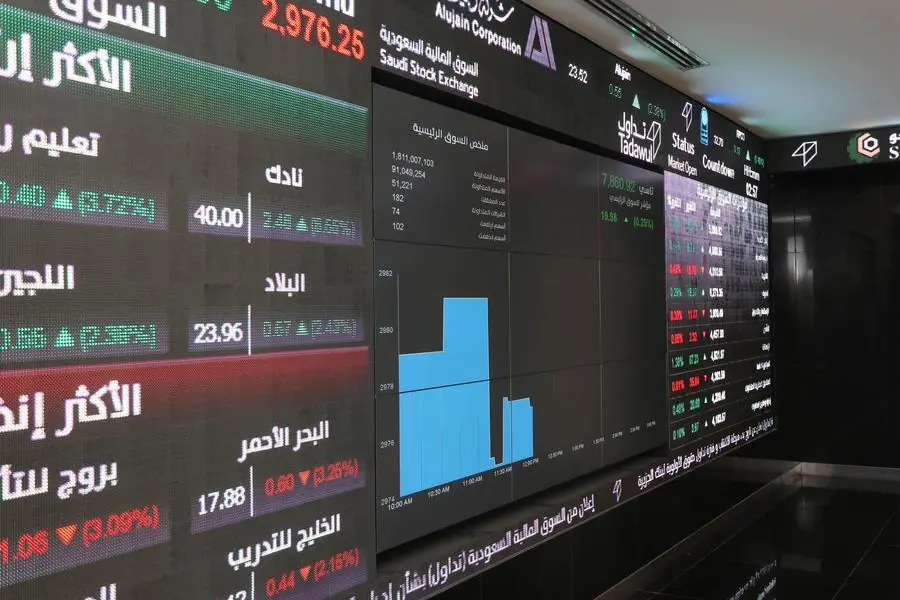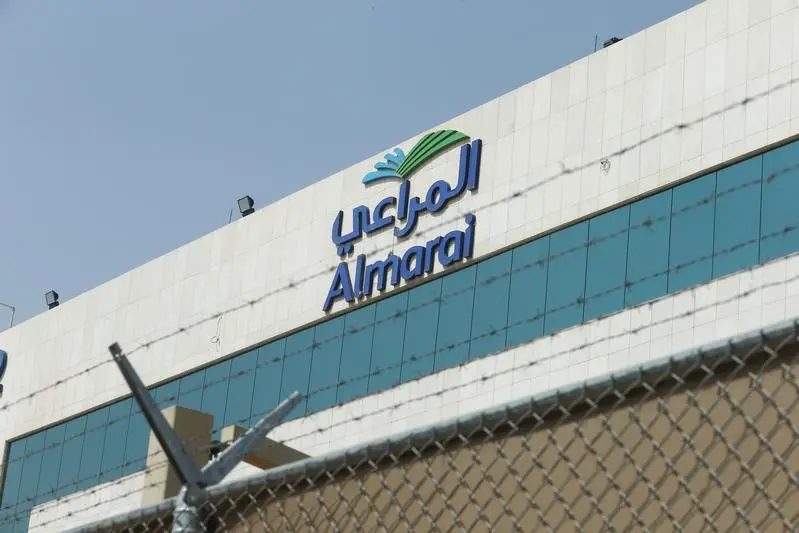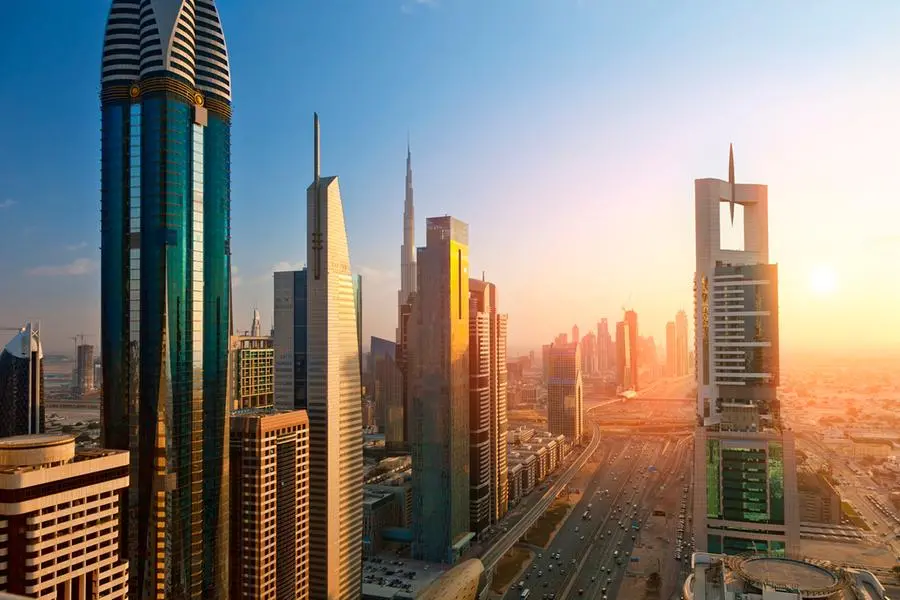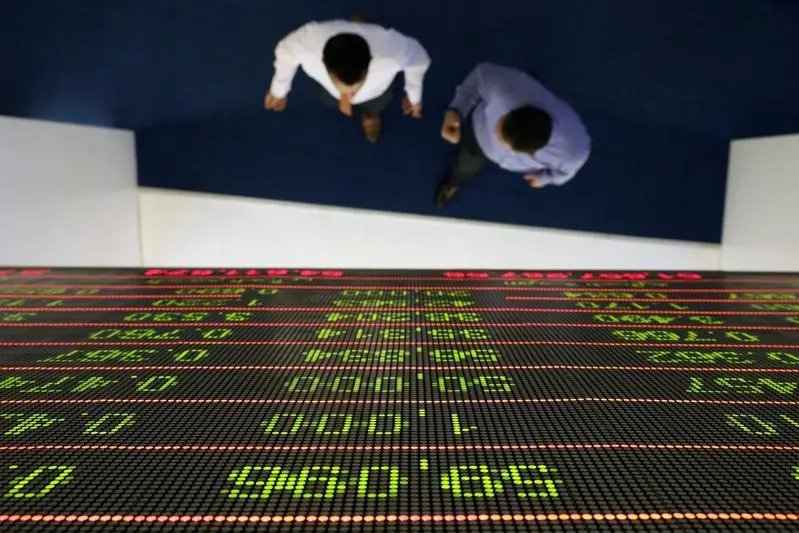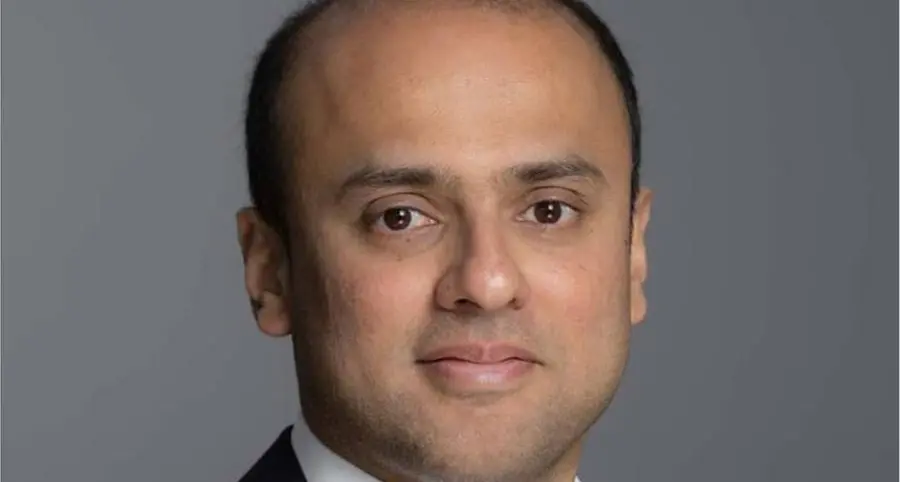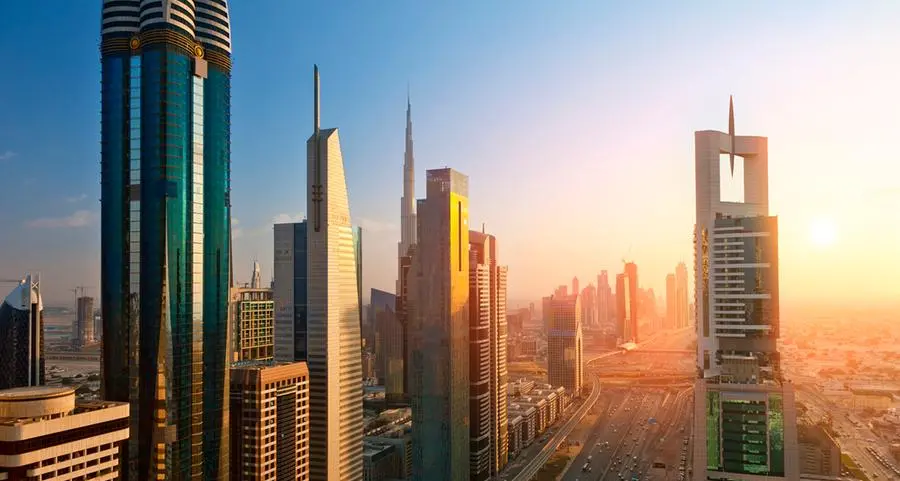Cost-effective system: expert
KUWAIT CITY: The average annual electricity consumption in Kuwait is 12,000 MW and it will double in seven years.
The Assistant Under-secretary of Planning and Training in the Ministry of Electricity and Water, Dr Mishan Al Otaibi, was talking on the first day of the Power and District Cooling Summit at JW Marriot Sunday.
The two-day summit is organized by Fleming Gulf Conferences under the patronage of Eng. Ahmed Khaled Al Jassar, Undersecretary of Ministry of Electricity and Water.
Al Otaibi was stressing the need for District Cooling in Kuwait.
District Cooling is the concept of centralized production and distribution of cooling energy, using chilled water delivered via an underground insulated pipeline to office, industrial and residential buildings to cool indoor air within a district.
The assistant undersecretary noted that district cooling is fast becoming a reality in the GCC states, "which are suffering from high temperature during summer overburdening the power plants."
More than 70 percent of the country's power generation is spent on comfort cooling, Al Otaibi added.
"By 2030, the demand will grow to 32,000 MW. Kuwait uses 350,000 barrels of oil per day to generate electricity, and in the next 15 years, this figure will climb to 1 million bpd."
Surmount
Al Otaibi underlined the importance of district cooling to surmount these challenges. The cost of building a new power plant is KD 1 million. By reducing electricity consumption through district cooling, the demand for new power plants can be minimized.
District cooling can cut power consumption by up to 30 percent, the assistant undersecretary noted.
The two cities coming up in the next two years in Kuwait will house about 600,000 people and will require 5000 MW of electricity, he added, making a strong case for district cooling in these cities.
Dr Ali Ebraheem Hajiah, Associate Research Scientist at Kuwait Institute for Scientific Research (KISR) said district cooling is widely used by governments, private companies, universities and military institutions across the world.
District cooling is growing because of the need for comfort cooling, non-ozone depleting coolants, and cutting energy consumption.
Hajiah said the benefits of district cooling are both economic and environmental.
KISR began R&D on district cooling since 1994, and conducted feasibility studies in Khairan in 2004 to encouraging results.
The summit, Hajiah noted, must tackle issues of renewable energy and the efficient utilization of thermal energy storages.
The Ministry of Electricity and Water, EPA and KISR are concentrating their efforts to promote district cooling in Kuwait.
KISR is linked with international organizations related to district cooling like IDEA and IEA.
Need
Hajiah stressed the need for a committee to prepare a roadmap to implement district cooling and convince the authorities in Kuwait and other GCC states.
In his keynote address, Fadhel Al Kazemi, CEO of Kazema Global Holding, said HH the Amir of Kuwait has laid great stress on the need to cut carbon dioxide emissions, fuel consumption and decrease electricity demand.
Al Kazemi's talk was on third party investors in district cooling in Kuwait. He supported attracting foreign investments in this area, as otherwise internal competition will lead to speculation which in turn will create bubbles in the market, particularly in housing.
The economic drivers for district cooling, Al Kazemi noted, include reduction in state's capital investments on power plants and cutting down electricity subsidies.
The CEO broadsided Kuwait for providing the most subsidized electricity in the Gulf region known for its lavish subsidies. "We produce at 238 fils and sell at 2 fils per KW hour."
Al Kazemi recognized the reduction in domestic oil consumption as yet another economic driver for district cooling.
He said of the five new cities coming up in Kuwait, only one is a commercial city and the rest are residential cities, whose electricity consumption is less productive. In comparison, Saudi Arabia has five commercial cities.
Among the other incentives in district cooling, Al Kazemi named environmental and social factors. Dropping carbon dioxide emission is chief among environmental drivers.
In a study conducted to analyze the mega investment trends in the GCC states, it was found that a greater percent of UAE's investments went into construction, which meant more comfort cooling requirements.
Saudi Arabia and Qatar showed greater diversity in investments, which Al Kazemi felt was the way to go. Kuwait is heavy on the construction side.
In Kuwait, 60 percent of electricity is used for residential use, 40 percent for commercial and 20 percent for industrial.
Al Kazemi supported the idea of having third party investors in setting up district cooling systems in Kuwait.
We need output based project management. In Kuwait, he noted, "we spend 50 percent of the project time on inputs."
The CEO also underlined the importance of keeping all options open when it comes to adopting district cooling technologies, instead of sticking to traditional know-how providers such as the US and Japan.
China and India could be interesting options, he added.
© Arab Times 2012
